So you’ve shot some sessions, delivered images to happy clients and are off to a great start! Congrats.
If you’re starting here, we would strongly recommend reading the first three parts of the guide here. Part 2 of the guide is linked at the bottom of part 1 and part 3 at the bottom of part 2.
In part 4, we are going to dive into the world of post-session workflow, proofing, and delivery.
Workflow:
Immediately:
When you get home from another successful session, the FIRST thing you want to do is import the images to your computer and make a back up of them.
Generally, most will agree that there should be at least one working set on your Hard Drive, one on an External Hard Drive and one online, or on another HD that resides offsite.
Opinions vary wildly on which EHD (External Hard Drive) is best and everyone has had success with different brands, so don’t agonize too much when you receive all kinds of opinions.
RAID and Drobo are also two options for backup. But again, you have to do whats right for you and is within your budget. But you NEED backups.
Importing into your Favorite software:
 I generally use Lightroom to import my images and ALWAYS, and I mean ALWAYS render full-size previews on import. It takes a while longer, but is well worth the wait on import, as you’re not waiting for every file to render when it’s time to edit. My favorite part of importing a huge amount of files is walking away and having that celebratory beer after a hard-fought session.
I generally use Lightroom to import my images and ALWAYS, and I mean ALWAYS render full-size previews on import. It takes a while longer, but is well worth the wait on import, as you’re not waiting for every file to render when it’s time to edit. My favorite part of importing a huge amount of files is walking away and having that celebratory beer after a hard-fought session.
In the image above left, you can see where, in the top right-hand corner of the Import dialogue, we’ve selected 1:1 preview rendering.
You can also direct Lightroom to send a second set of images to your EHD. In this case, my 2nd 2TB drive (which handles back up of working copies) is the selected destination. My 1st 2TB drive handles all completed images along with an online backup. (SmugMug) I bring my offsite drive home once a month and make copies of all completed work and immediately return it to it’s home. It’s not bulletproof. Nothing is, but it’s as close as I can get to it.
Culling and Selecting Deliverable Images:
This is the part that most of us struggle with mightily. We deliver way too many images and spend countless hours editing every one of them to the nines before they’ve even seen them. Well, stop wasting time. Cull madly and cull Deeply. If you don’t LOVE an image the second the preview comes up on screen, you don’t need it. The Lightroom hotkeys for rating an image from 1-5 stars are (coincidentally) 1 through 5. The images you LOVE are 5’s. (Or 3’s or 1’s whatever works.) I use 3’s for deliverable images and save 5’s for images that will go into my portfolio. Once you have all your selected images, filter your catalog so all you see is your selections. Detach yourself from the emotion of the image. Pick the creatively beautiful and technically correct images, that you would be PROUD to deliver to your clients and show in a sneak peek, blog post or on your website You need to get your mind out of the headspace of: “I can fix that.” and get it into the headspace of: “That is a great capture, and the end result will be awesome!”
Editing your Selections:
Again this is a part of your workflow that many less and even more experienced photographers struggle with. I’ve spoken with many photographers that fully edit and retouch their proofs before the client even sees them. I’ve often wondered why someone would spend hours editing and retouching an image that may not be bought. Cutting into the bottom line by wasting time is a cardinal business sin. Yes, you fully want to edit any sneak peeks (More on Sneak Peeks later) but that’s probably about it until you know what your client is going to buy.
Less is Truly More:

For 90% of your editing, a simple color correction and a tiny bit of sharpening should suffice because you got it as right as possible in Camera. Yes, there are times when a deep and involved Photoshop edit is required. But spending 30 minutes on an image that really only needed a quick crop and color correction is a fault that many photographers suffer from. Remember that time is money. I would rather go golfing or take on a personal project than sit all day editing 50 images for delivery.
A quick tip for you Lightroom users – always write changes into your XMP sidecar files. If your catalogue is ever corrupted, (it happens) you can simply re-import all your files into a new catalog and your edits are intact. The screen capture above left is the Catalog settings dialogue box. You can see that we’ve checked the box to write changes into XMP.
Proofing, what method, and why?
Now your session is edited in RECORD time, and you’re ready to make proofs for your clients. We’re going to list a few popular proofing methods and the advantages and disadvantages of each.
Printed Proofs:
There’s nothing quite like the tactile sensation of a printed proof. The image, on fine photo paper, in your clients’ hands. There is a great connection between the image and the client when it’s not on a screen. Plus the fact that you can go through the images with your clients, make a “like” pile and a “love” pile as described in this article. Then proceed straight to the ordering of the “love” pile. The disadvantage of printed proofs is obviously cost and having a bunch of proofs hanging around if the client doesn’t buy them.
Projection Sales:
Using programs like ProSelect and others, projection sales is fast becoming a favorite way to sell images. The client views the images LARGE, as you want to sell them. You can show layouts, wall groupings etc. And projection systems are VERY portable and can be used anywhere. The drawbacks are, a decent projector can be expensive, ProSelect and other software can be pricey as well. If the projector’s bulb blows, that’s a lot of dough too. But the initial investment is reportedly well worth it as the sale results justify it.
 Online Proofing:
Online Proofing:
Websites like Zenfolio and SmugMug have made online proofing easier and better than they ever were before. You shoot the session, take it home, edit it, and throw it up online for your clients to order from. The advantage is obviously time savings. SmugMug has set up relationships with a few professional labs and can handle everything from ordering to fulfillment; shipping prints directly to your customers. Zenfolio operates in much the same manner. One disadvantage to this type of proofing is the obvious one; you have no control over the ordering process. There’s no salesmanship involved.
Speaking of salemanship, here are some links to the sales process that we have just posted, previously posted.

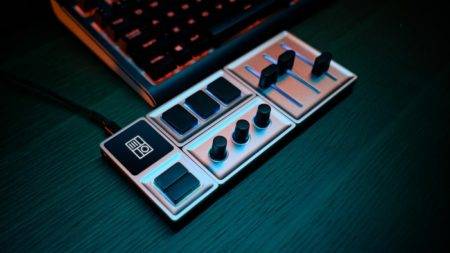
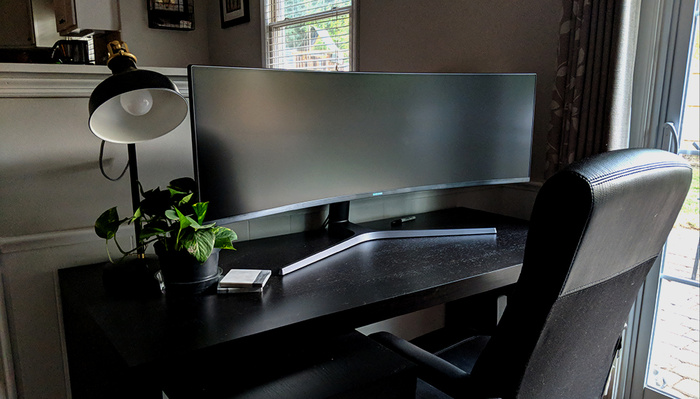
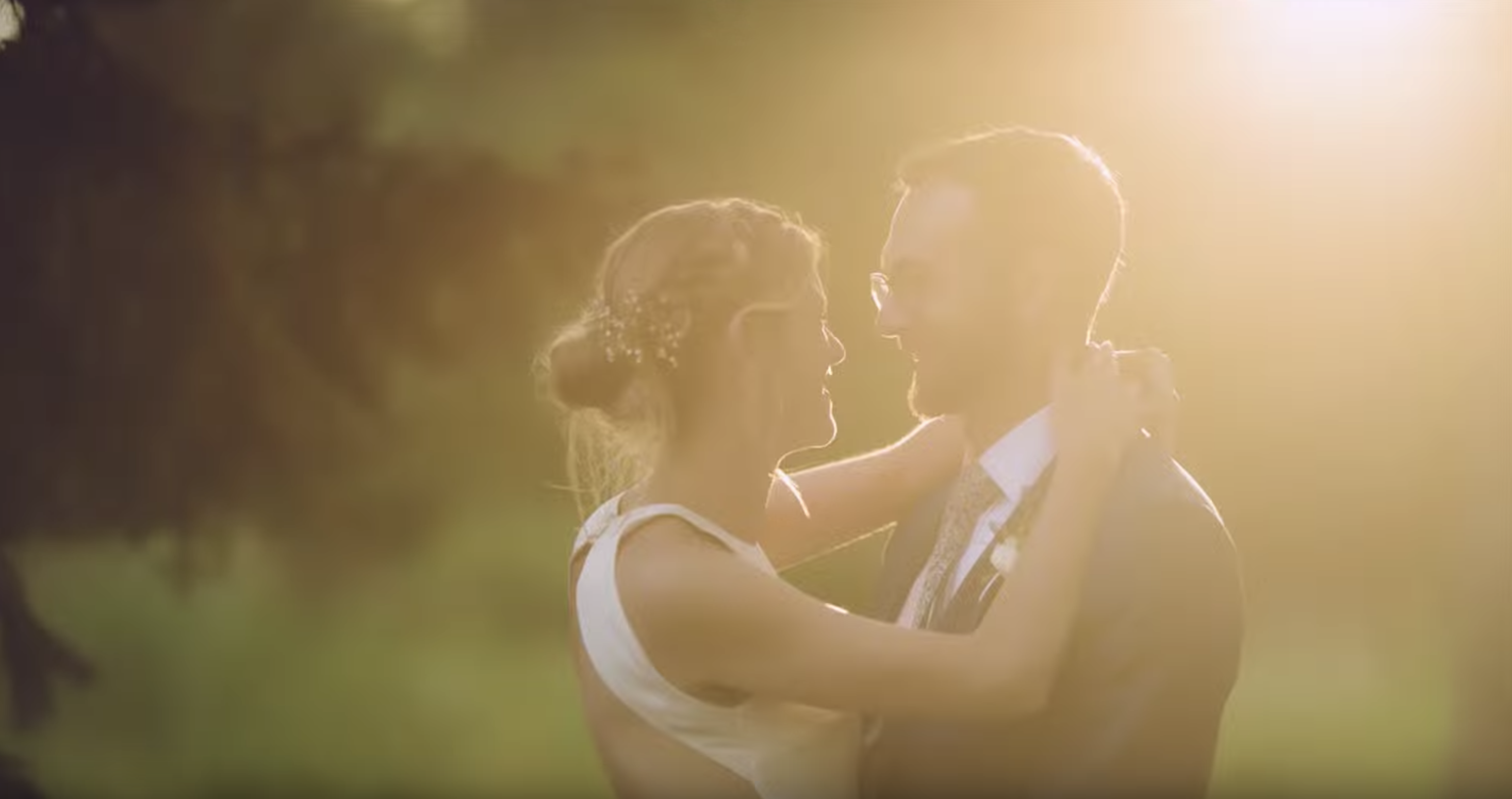

Great job guys!